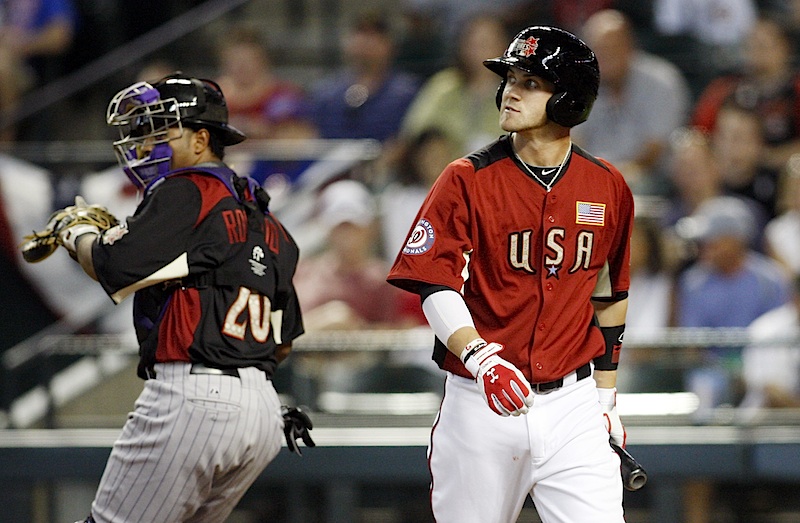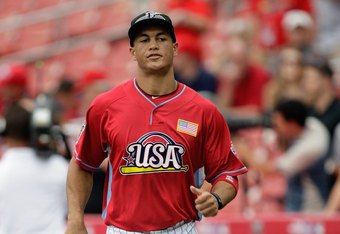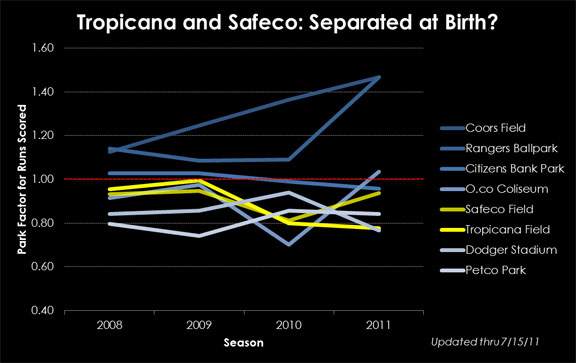- 21,151
- 37
- Joined
- Mar 13, 2004
Follow along with the video below to see how to install our site as a web app on your home screen.

Note: this_feature_currently_requires_accessing_site_using_safari
Marmol is absolutely our closer.Originally Posted by ChampCruThik
Should Marmol still be the Cubs' closer or does Marshall get a chance soon from Quade?
Marmol is absolutely our closer.Originally Posted by ChampCruThik
Should Marmol still be the Cubs' closer or does Marshall get a chance soon from Quade?
thhat can't be true.Originally Posted by DoubleJs07
Holy +%*%!! Harper is already up to 245????



thhat can't be true.Originally Posted by DoubleJs07
Holy +%*%!! Harper is already up to 245????





 .
.






 .
.





 did it in 1997.
did it in 1997.
 did it in 1997.
did it in 1997.The Rockies suggested to the Yankees in conversations Saturday and Sunday that they seek the four prospects generally considered the best in an organization full of good pitching and catching prospects: catcher Jesus Montero plus pitchers Manuel Banuelos, Dellin Betances and Ivan Nova, people familiar with the talks told SI.com. That fits with Rockies GM Dan O'Dowd's comment to theDenver Post that "it would take a Herschel Walker deal" to move Jimenez.
Read more: http://sportsillustrated.cnn.com/20...aldo.jimenez.rockies/index.html#ixzz1SV2FPzHE

The Rockies suggested to the Yankees in conversations Saturday and Sunday that they seek the four prospects generally considered the best in an organization full of good pitching and catching prospects: catcher Jesus Montero plus pitchers Manuel Banuelos, Dellin Betances and Ivan Nova, people familiar with the talks told SI.com. That fits with Rockies GM Dan O'Dowd's comment to theDenver Post that "it would take a Herschel Walker deal" to move Jimenez.
Read more: http://sportsillustrated.cnn.com/20...aldo.jimenez.rockies/index.html#ixzz1SV2FPzHE
